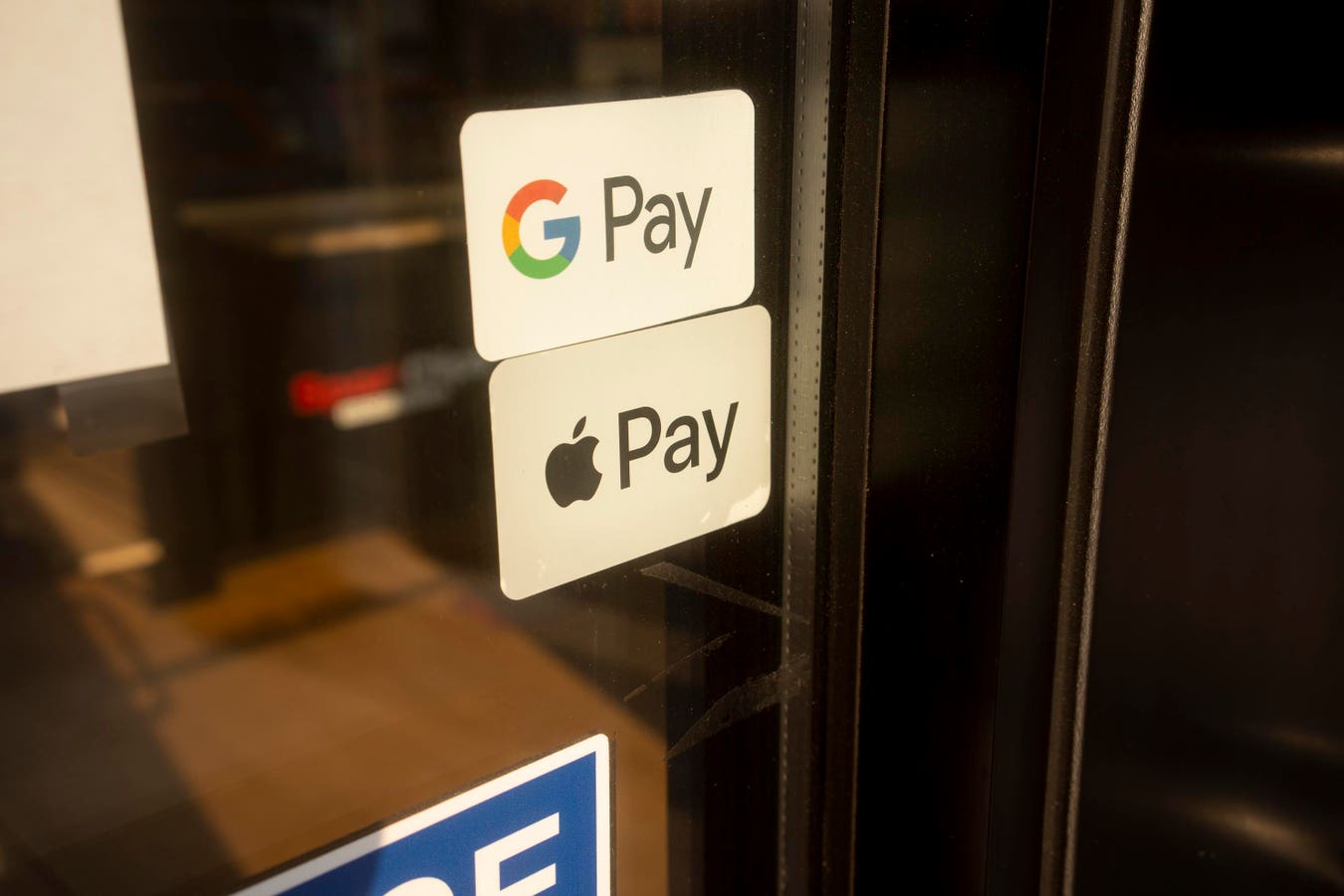One of the most common questions from banking leaders I hear right now is a variation on “Are Apple and Google coming to eat my lunch?”
The question usually comes in one of two flavors: “Do the big tech firms want to become banks?” and “Do they want to access my firm’s data?”
It’s easy to see why bank leaders wonder about this. Tech giants have been making incursions into financial services for years. The most recent story to send shivers down the spines of banking executives is the savings account Apple launched this spring, the Apple Card.
So does this mean Apple and Google want to become banks or take their data?
I think the answer to both questions is no.
On the data front, the big tech firms don’t want to acquire banking data because they don’t need it. Their data is already more valuable and comprehensive. They have reams of health and location data about their users. They know what people are looking at and what they are doing. They can make pretty good guesses about what people are thinking.
Nor do they want to jump into banking. As a one-time tech entrepreneur myself, I’ve personally seen the innate aversion major tech firms have to the regulation that banks face. They are also accustomed to explosive growth and high rates of return on investment. No sane tech firm salivates over the growth and return on equity projections offered by banking.
Besides, the big tech players are focused on something more valuable than banking: they want to own the digital payments experience.
Annual global consumer spending today sits at a little over $50 trillion, with the vast majority going through a screen or a card. Imagine the potential value of sitting in front of all those transactions and influencing that spending behavior.
It’s worth infinitely more than raw bank data or trying to become a lender, and the big tech firms have been taking big strides toward it.
Within four days of going live, the Apple Card attracted nearly $1 billion in deposits from 204,000 customers. Most of the focus was on the 4.15% APY rate it offered on deposits. But that wasn’t the real innovation. Any customer can get a better rate today by looking at Bankrate.com or a better cash back offer from many banks.
No, the true innovation of the Apple Card is that it doesn’t need a banking app. It lives right on your iPhone in your Apple Wallet with no extra software required. This type of next-generation user experience should make bank leaders uncomfortable.
It’s an open secret that 90% of banking mobile app use is simply to check account balances. The Apple Card demonstrates that you don’t need an app for this. Apple and Google could virtually wipe out mobile banking app usage with just one API. Imagine if your account balance was printed on the front of your card, in real time? Why would you ever go back to a mobile banking app to check your balance if it was right there in your Apple or Google wallet?
Banks are broadly aware that this is the real frontier of competition in today’s marketplace. But they have all been playing a defensive game —and defense can only stop you from losing. It can’t turn you into a winner.
Taking back the initiative starts with a simple question for every bank CEO and board member: why can’t I tap and pay with my smartphone app today?
Answering this gets very complicated very quickly. Here’s the roadmap for taking the offensive:
1. Collaborate with regulators and other banks to push for open near-field communication (NFC) standards. When it comes to payments, your enemy isn’t the bank down the street. A level playing field for all mobile apps to leverage NFC technology on mobile phones is critical.
2. Incorporate tap-to-pay on your smartphone app. This is easily done today on Android (iOS is another conversation).
3. Build a value proposition that goes beyond the payment. Tap-to-pay is necessary but not sufficient to win. Incorporate offers, loyalty, and functionality beyond payments. Why not get five percent cash back to use your mobile banking app to buy that cup of coffee tomorrow?
4. Lastly, just like every other banking product, you need to market it through a compelling campaign that incentives customers to use it.
We’ve started to see inklings of this around the world, including Paze in the US, Synch in Ireland, and Pix in Brazil. But these initiatives are all in their early days, and 80% of global payments remain at the point of sale.
In the race to capture that experience, banks would do well to remember the immortal words of Ricky Bobby in the racing comedy “Talladega Nights”: “If you ain’t first, you’re last.”
Today, banks are not first. But there’s no better time to change that than right now.
Read the full article here


